Finding the value in grain price volatility
By Matt Wallis
19th October, 2022
Since late February this year when the situation in the Black Sea region escalated, global agricultural markets have been trading with such strength and volatility that even those most experienced have found themselves scratching their heads trying to figure out how to best participate, if at all, without getting their heads taken off in the wild swings. It wasn’t long ago where a 20USc/bu move in the futures market made headlines, now it seems to be just part of the norm.
Yet again, the conflict has escalated further with many cities and key pieces of infrastructure damaged. With the Ukrainian grain export deal set to expire mid-November, this presents another hurdle in what is a very stressful and complicated situation is already, potentially throwing more fuel on the fire and ensuring the volatile markets are here to stay for just a while longer.
Locally now we have slowly but surely seen harvest commence in various parts of the country and as of the last few days windrowing kicking off in SQLD and NNSW. As expected, paddock trafficability is at the front of everyone’s mind with many starting to ponder how they will manage to move the crop off the header and into the bin without breaking anything or making a mess. In a perfect world the tap would turn off until after harvest however the BOM is forecasting a much different outlook.
Wild, cool and wet weather continues to plague NSW with all catchments, dams, rivers and the like full to the brim. Paddocks in parts have been un-trafficable for some time leading to farmers forced to utilize planes for aerial applications of in-crop treatments, adding to what is already proving an expensive crop to grow.
Although there has been heart ache for some, for the most part the crop has remained relatively unaffected. In fact, although down from last year NSW is still expected to produce a phenomenal amount of grain. The general consensus across a few major forecasters is that the states potential production could still total approximately 2 million tonnes of canola, 2.5 million tonnes of barley and 9-10 million tonnes of wheat which would be a phenomenal result.
On the marketing front, even though there is another large crop looming with substantial carryout both in NSW and nationally, farmers have been reluctant to make many forward commitments at all. Not to say they are unaware of the harvest pressure that is sure to come, the seasonal conditions have just struggled to inspire commitments with the production risk still deemed too high.
To put that into perspective, as an overall percentage forward sold this year, we are tracking very similar to that of 2015/16 and 2019/20 seasons where 50-60% of the crop was sold over the harvest period. Now if that were to happen yet again this year a fair assumption to make would be that it would put extreme pressure on the local market as traders struggle to best manage their programs.
Harvest is here
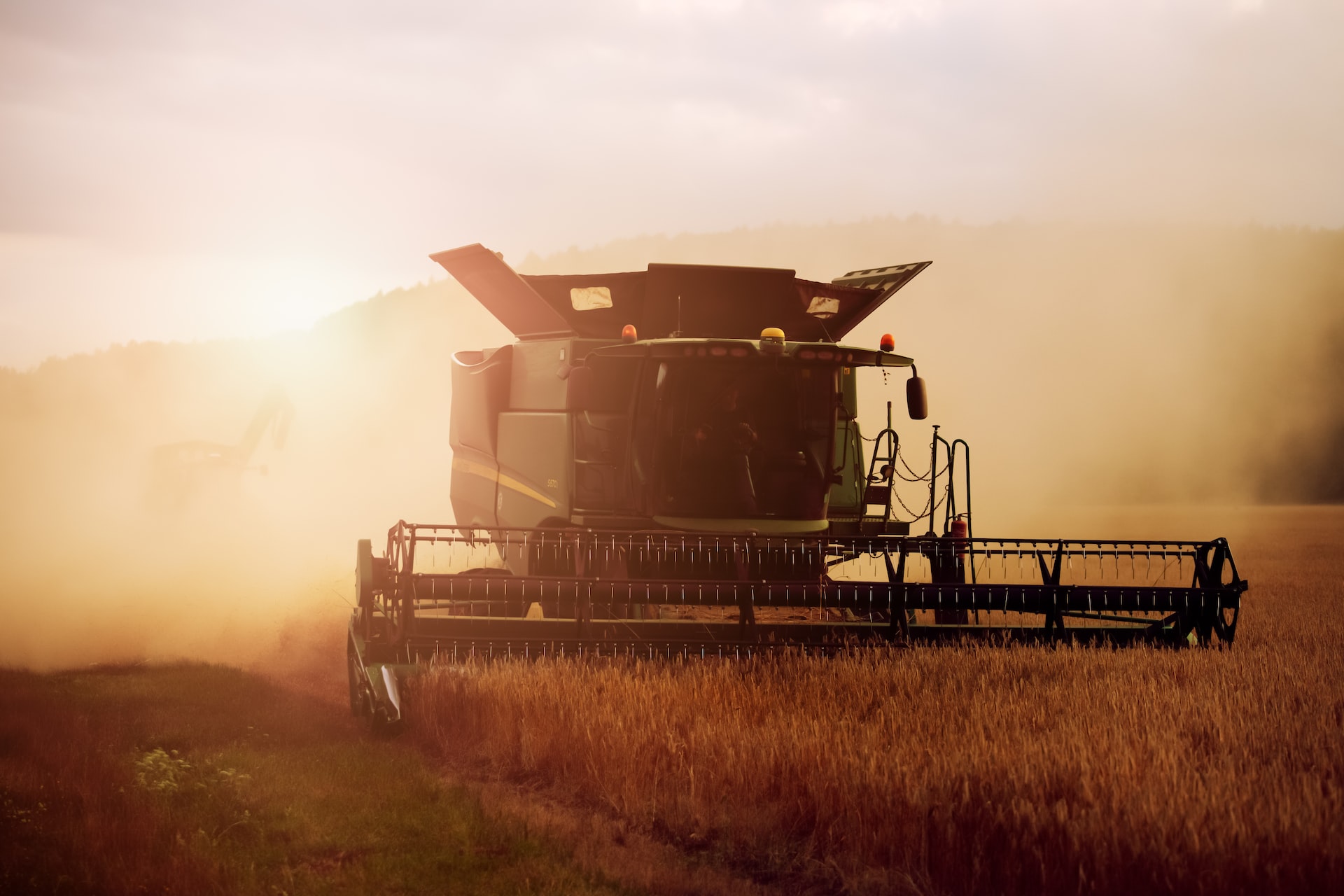
Australia's 22/23 winter crop harvest is officially underway on the east coast with the first headers rolling in Central Queensland and although an exciting time for most, this year's harvest is sure to pose significant challenges to all participants...
Read MoreFocus on grower selling set to sharpen
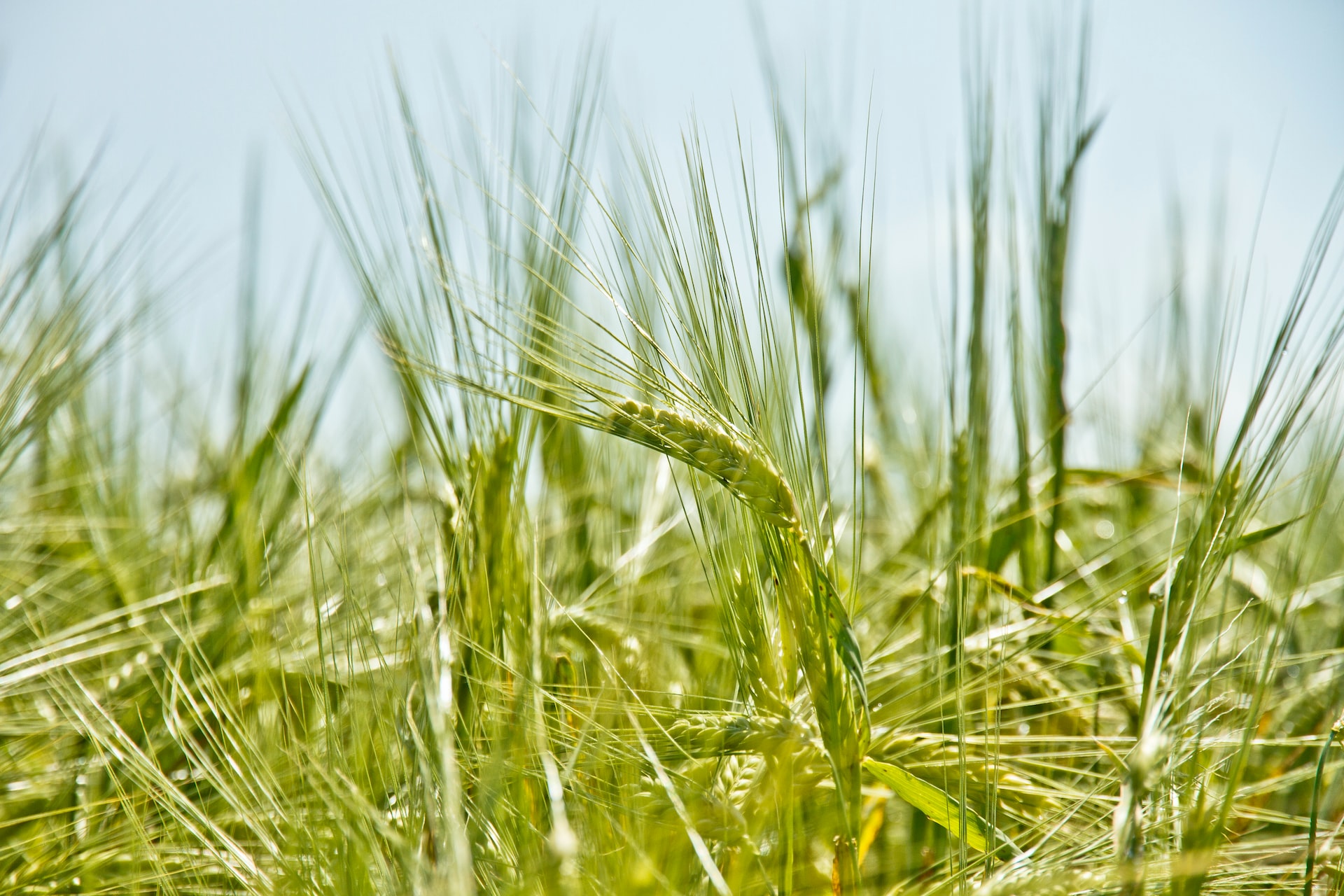
As October nears and geopolitics, weather and prices have been agonized over for months, and plenty of questions still to answer on where the production number ultimately ends up, one thing is for sure...
Read MoreWaiting on some harvest clarity

As harvest inches steadily towards us, the marketing crystal ball remains as cloudy as ever, with technical and fundamental factors all conspiring to fog up the glass.
Read MoreSouthern crops benefit from wet conditions

Weather in NSW remains mild and wet, and the majority of weather forecasters predict the trend to continue through to October and November.
Read MoreSpring days getting longer, but the weather risks remain
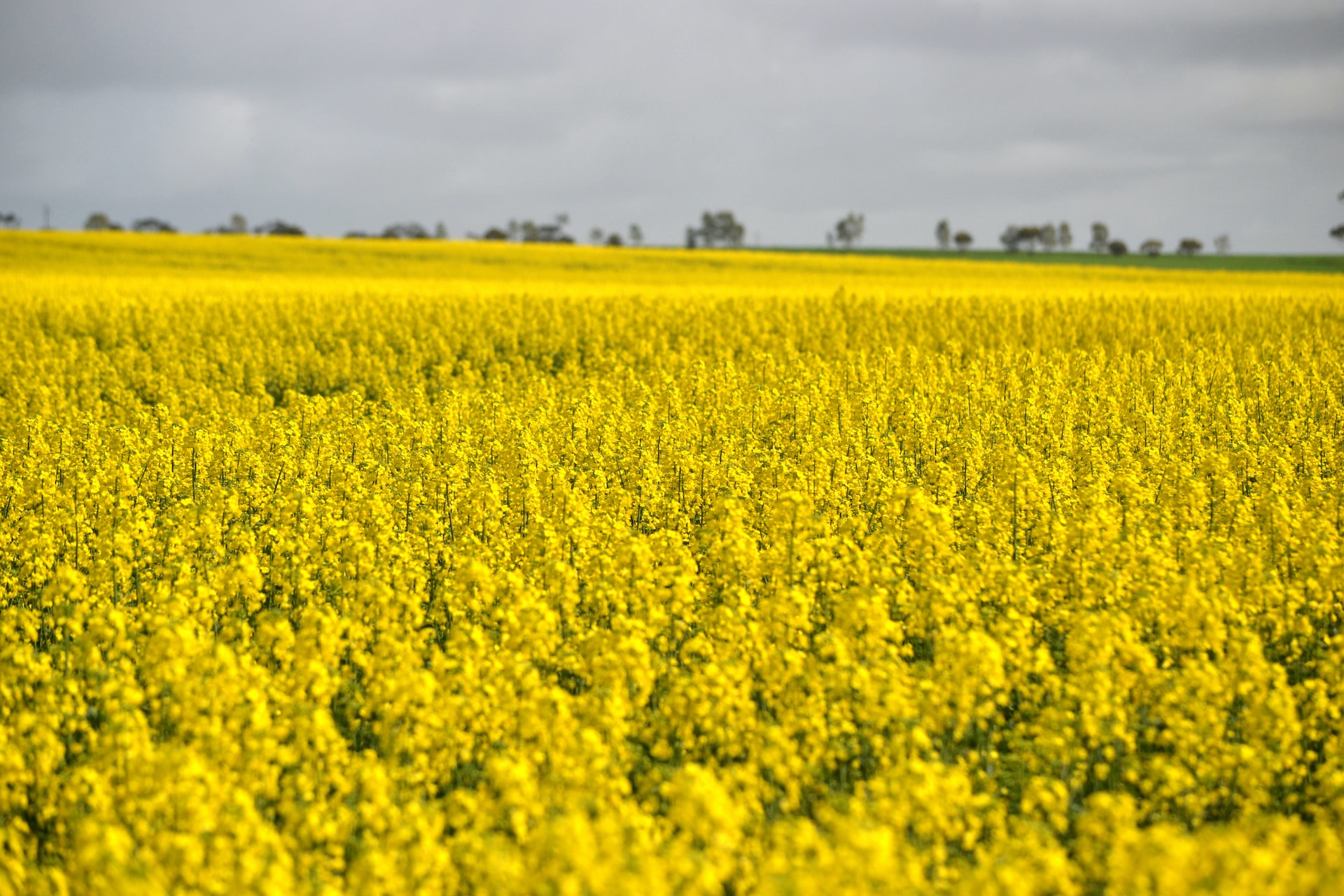
Spring has officially sprung around New South Wales with flowers bursting everywhere across the state.
Read MoreThe premiership quarter
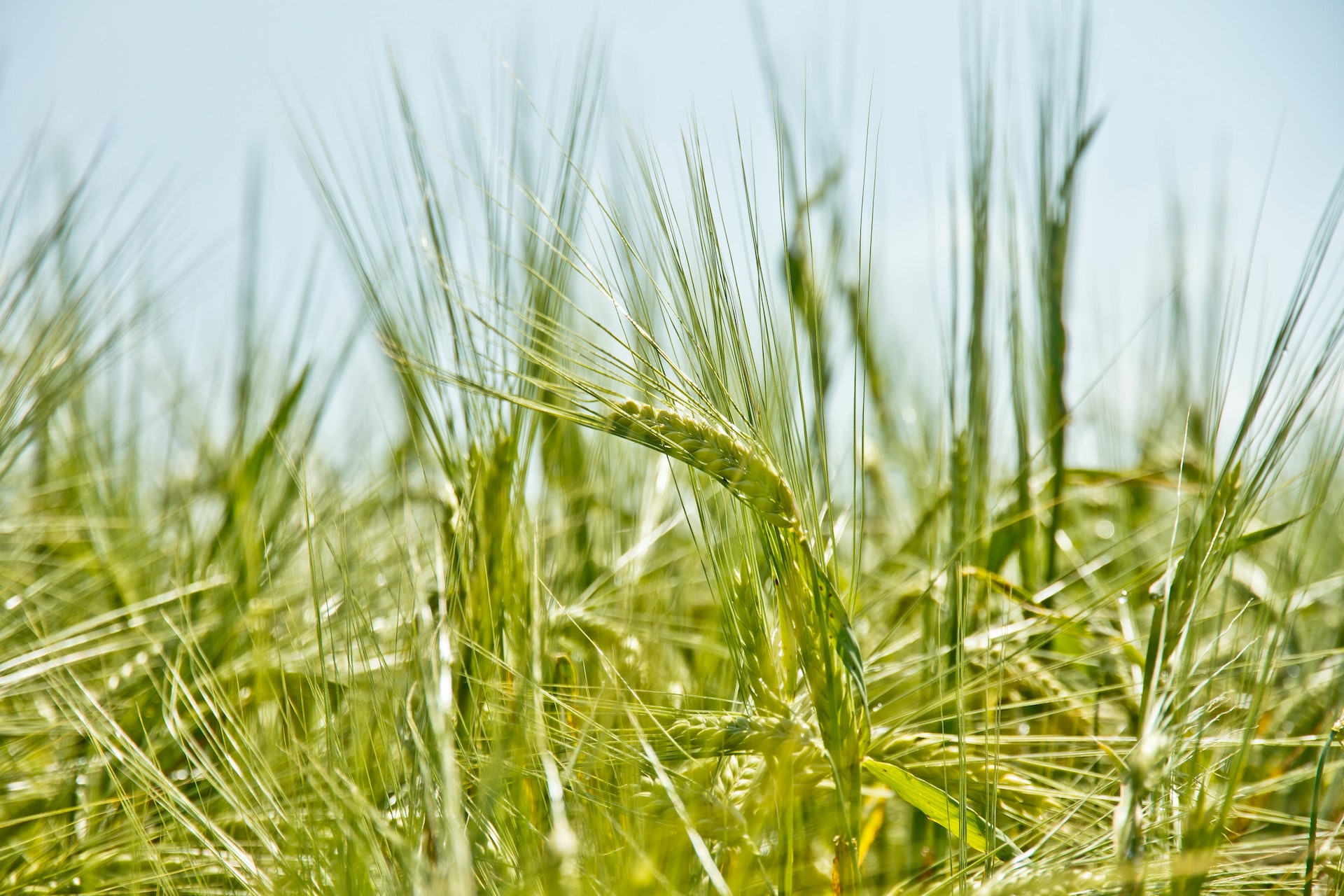
Spring has sprung and with that arrives finals footy as well as critical time in the calendar for growers and industry alike.
Read MoreWhere is this grain market heading

In the last three months across Australia, cash values for grains and oilseeds have seen way more red trading days than green.
Read MoreHarvest plans critical for another big crop
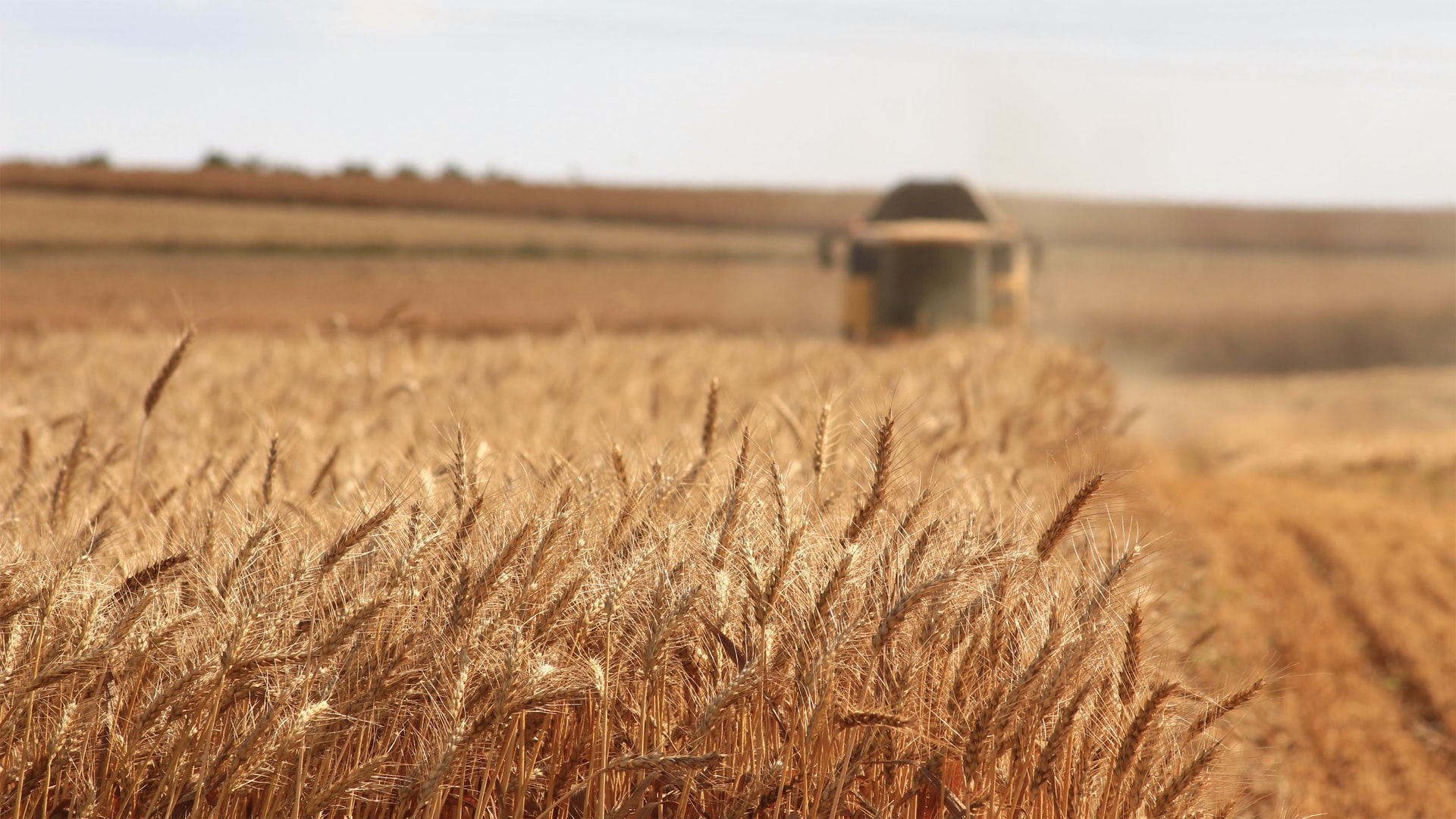
With spring now only two weeks around the corner and the growing season well underway, crop forecasters are beginning to make their rounds in what is set up to be one of the most challenging crops to pick of recent times.
Read More